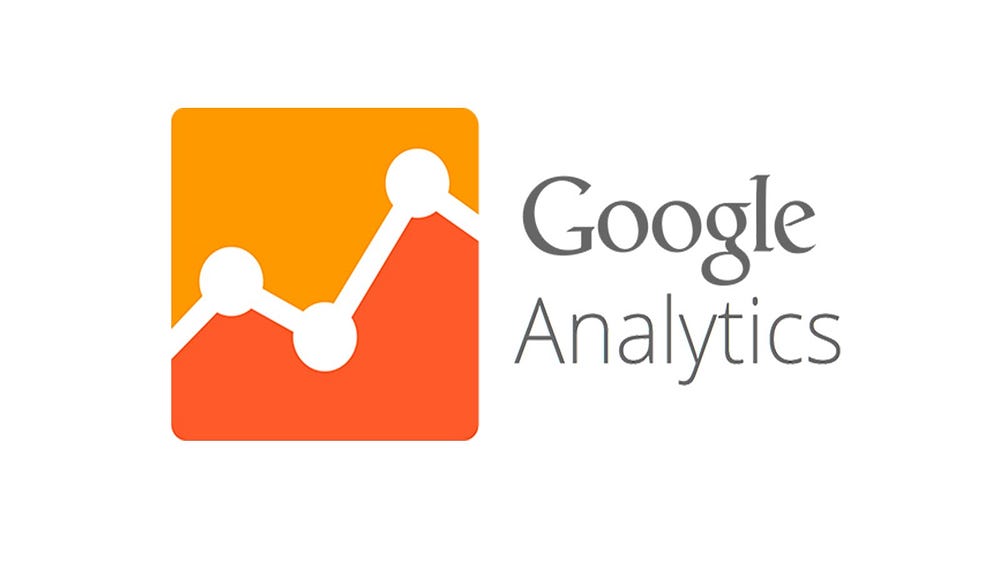Understanding the Key Differences between Google Analytics and Google Analytics 4
Google Analytics has long been the go-to web analytics tool for businesses and website owners, providing valuable insights into user behavior and website performance. However, with the introduction of Google Analytics 4 (GA4), significant changes have been made to enhance the analytics experience. This article aims to explore the key differences between Google Analytics and Google Analytics 4, highlighting the advancements and new features that GA4 brings to the table.

- Data Model: Shifting from Property-Centric to Event-Centric
- Explanation of the property-centric data model in Google Analytics.
- Introduction of the event-centric data model in Google Analytics 4.
- How the event-centric model allows for better cross-platform tracking and analysis.
2. Event Tracking: Moving beyond Pageviews and Screen Views
- Overview of the primary focus on pageviews and screen views in Google Analytics.
- Emphasis on event tracking in Google Analytics 4.
- Custom event tracking capabilities in GA4 and its benefits for capturing user interactions accurately.
3. User-Centric Reporting: Understanding User Behavior Holistically
- The user-centric reporting approach in Google Analytics 4.
- Enhanced user properties and user ID tracking in GA4.
- Benefits of user-centric reporting for analyzing user engagement and retention across devices.
4. Machine Learning Capabilities: Unleashing Advanced Insights
- Machine learning integration in Google Analytics 4.
- Predictive analytics and metrics provided by GA4.
- Audience discovery and segmentation using machine learning algorithms.
5. Data Control and Privacy: Addressing Privacy Concerns
- Privacy-focused features in Google Analytics 4.
- Data deletion and consent mode options.
- Ensuring compliance with privacy regulations like GDPR.
6. Reporting Interface: Streamlined and Intuitive
- Differences in the reporting interface between Google Analytics and Google Analytics 4.
- Introduction to GA4’s exploration mode for ad-hoc data analysis.
- Improved user experience and data visualization in GA4.
As Google Analytics evolves to meet the changing needs of businesses and users, the introduction of Google Analytics 4 brings significant enhancements and new capabilities. By understanding the key differences between the two versions, businesses can make informed decisions about transitioning to Google Analytics 4 and harnessing its advanced features for more comprehensive analytics and actionable insights.
Comments
Post a Comment